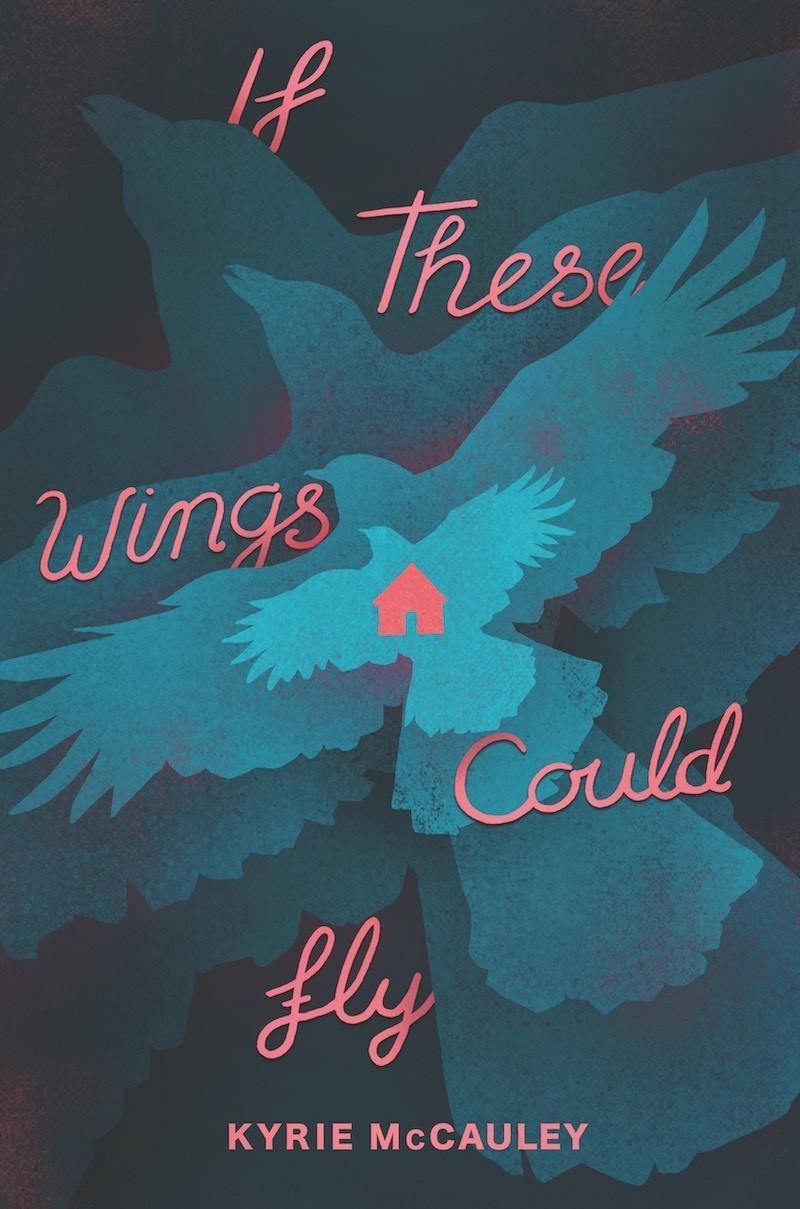Author’s Note
byAuthor’s Note: In the opening chapter of If These Wings Could Fly, the author offers a deeply reflective and intimate look into the often-overlooked experiences of domestic violence. The narrative, set within the framework of a small town, unravels the complexities of survival in an environment shaped by abuse, while also shedding light on the intricacies of self-awareness in such challenging circumstances. The author’s primary goal is to give voice to individuals who might not immediately recognize the abuse they’re enduring, especially those who are young and uncertain about their own realities. By focusing on the perspective of a fifteen-year-old girl questioning her life and the world around her, the author aims to create a space for readers to see their own experiences reflected in a way they may have never been able to before. In doing so, she brings to light the subtle yet powerful forces at play in households marked by domestic violence, all while offering an opportunity for greater understanding and empathy.
The author’s writing is informed by her personal journey, including her work at a domestic violence intake center and her academic background in studying the sociological roots of violence. This combination of hands-on experience and scholarly exploration has allowed her to develop a nuanced understanding of the complex and multifaceted nature of domestic violence. As she articulates in the note, the overwhelming challenge that many victims face is not just the abuse itself, but the difficulty of identifying it—especially when the perpetrators are often people they love and trust. What can make these situations even more confusing is the pervasive atmosphere of fear and manipulation, which distorts reality for the victims, often clouding their judgment. This confusion is exacerbated when those around them, who might seem like bystanders, are also unable to fully comprehend the severity of the situation. The author acknowledges how difficult it can be to differentiate between what feels like normal, family dynamics and what is truly an abusive environment. This uncertainty is a core theme of the story, helping the reader to understand the psychological and emotional turmoil that many victims of domestic violence experience daily.
In an intriguing narrative choice, the author weaves magical realism into the story, introducing fantastical elements that highlight the surreal aspects of living within a cycle of domestic abuse. This infusion of magic allows the author to portray how the victim’s reality can often feel like an alternate world—one where things are distorted and out of control, yet still within reach. The magic functions as a symbolic representation of the psychological effects of abuse, where reality becomes so skewed that it feels impossible to distinguish between what is real and what is imagined. Within this surreal setting, the author introduces a powerful symbol—the legion of a hundred thousand crows—which represents the protective force the girls desperately need in the face of overwhelming adversity. These crows act as a metaphor for hope, resilience, and the possibility of freedom, offering a sense of protection and solidarity to the girls as they navigate the trials of their lives. Through these imaginative elements, the author provides readers with a symbolic layer that underscores the emotional complexity of surviving abuse, creating a bridge between the harsh realities of life and the aspirational dreams of a better future.
Further deepening the impact of the narrative, the author includes a practical, yet deeply compassionate section offering vital resources for domestic violence victims. These resources—such as The National Domestic Violence Hotline, Love is Respect, and the National Coalition Against Domestic Violence—are carefully listed to ensure that readers who may be struggling with similar experiences are aware of the support available to them. The author’s emphasis on safety while accessing these services is critical, as it acknowledges the real risks involved in seeking help in abusive situations. This practical component is woven into the fabric of the story, not as an afterthought but as a necessary part of the narrative’s healing journey. By providing both emotional and tangible guidance, the author helps readers see that while the road to recovery from domestic violence can be long and fraught with challenges, help is available, and change is possible. Through these resources, the story becomes not only a means of artistic expression but also a call to action for those who may find themselves trapped in similar situations. It offers a blend of compassion, guidance, and hope for survivors, showing them that despite the difficulties they face, there is a path forward, one that leads toward safety, support, and ultimately, healing.
In summary, the introduction of If These Wings Could Fly presents a powerful combination of personal reflection, awareness-raising, and emotional depth. Through the lens of a young girl’s experience with domestic violence, the author brings to life a world filled with confusion, fear, and a search for hope. At the same time, the magical realism incorporated into the narrative provides a surreal yet meaningful framework for understanding the psychological effects of abuse. The author’s inclusion of essential resources further strengthens the story’s call for action, ensuring that readers not only find solace in the story but also have the tools they need to take steps toward safety and healing. This introduction serves as a compassionate, informative, and hope-filled entry point for anyone struggling with domestic violence, offering both an emotional journey and practical support. The story thus stands as both a work of fiction and a lifeline for those in need of understanding and assistance.

